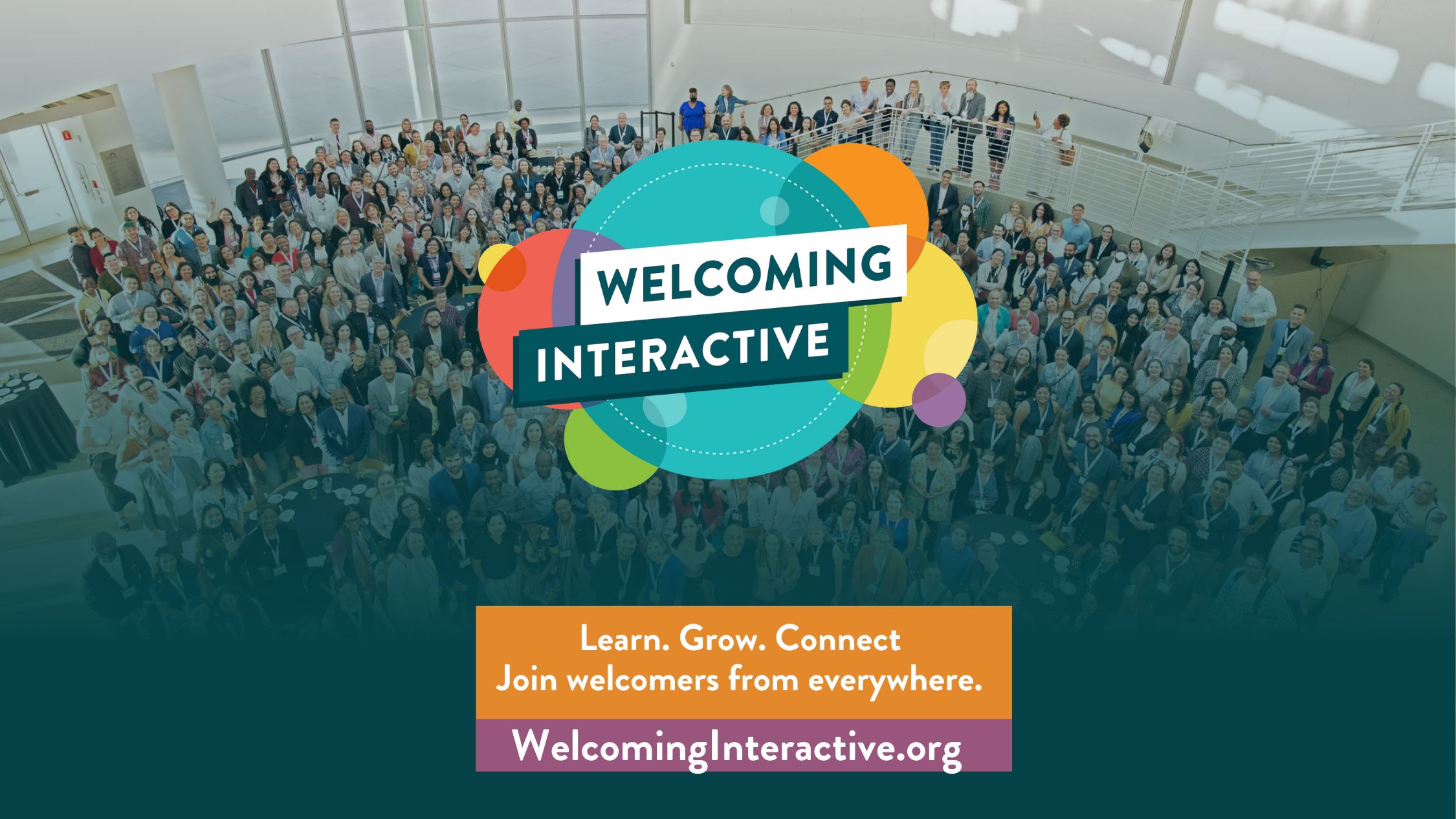
Annual conference of welcomers convenes in Dallas this April
DECATUR, GA — Welcoming America and the City of Dallas are set to host the annual Welcoming Interactive conference next Wednesday in Dallas, Texas — a Certified Welcoming city — with over 700 attendees and special guests are expected to attend, including Ambassador Julieta Valls Noyes, Assistant Secretary of State for the Bureau of Population, Refugees, and Migration at the U.S. Department of State; Mike Rawlings, former mayor of Dallas; Dirk Nowitzki, basketball hall of famer; and author Cristina Henríquez.
The Welcoming Interactive is an annual conference that highlights immigrant inclusion best practices. Participants learn about programs, policies, and partnerships on topics including economic development, civic engagement, government leadership, and more, toward fostering welcoming places for all. The City of Dallas, which became the first Certified Welcoming city in Texas in 2019, was selected to host the Welcoming Interactive from a nationwide call for proposals.
Rachel Perić, executive director of Welcoming America, said: “As immigration remains front and center around the world, Dallas — a Certified Welcoming city — is leaning into its welcoming values as our hosts for this year’s Welcoming Interactive. We thank the city’s leadership and Office of Equity & Inclusion for their support and for allowing our global network of welcomers an opportunity to see welcoming in action.”
Liz Cedillo-Pereira, Assistant City Manager of Dallas, said: “The Welcoming Interactive is a one-of-a-kind convening bringing great thinkers and ideas together from across the nation and internationally. It showcases and celebrates the best practices of immigrant inclusion ranging from an array of policy issues such as economic and educational opportunity, civic engagement, equitable access, and safe, connected communities. We are elated to be able to host this year’s convening and to spotlight our local efforts in Dallas.”
According to Dr. Lindsey Wilson, Director of the City of Dallas Office of Equity & Inclusion: “The Welcoming Interactive conference is an opportunity to explore innovative practices and collectively work towards building more inclusive communities. The City of Dallas is proud to be the first Certified Welcoming city in Texas and remains committed to a Dallas where everyone has the opportunity to thrive.”
From April 10-12, 28 breakout sessions, three keynote talks, and exhibitor showcases will take place at the Hyatt Regency, with a welcome reception at Union Station. Community tours, film screenings, and workshops are also available to attendees to learn about the history, culture, and impact of immigration, in Dallas and around the world.
Follow the action from the conference on social media at #Interactive2024.
###
About the Welcoming Interactive
The Welcoming Interactive is an annual conference that highlights successful practices and inspiring stories about immigrant inclusion, programs, policies, and partnerships on economic development, civic engagement, government leadership, and more. Attendees learn about local innovations from peer communities and come away with new ideas and energy to foster welcoming places for all.
About Welcoming America
Welcoming America is a nonprofit, nonpartisan organization that leads a movement of inclusive communities becoming more prosperous by ensuring everyone belongs. We believe that all people, including immigrants, are valued contributors and vital to the success of our communities and shared future. Through the Welcoming Network, we work to help communities develop the roadmap they need to create welcoming policies and share new approaches to inclusion to create an environment where everyone can truly thrive. Learn more at welcomingamerica.org.

